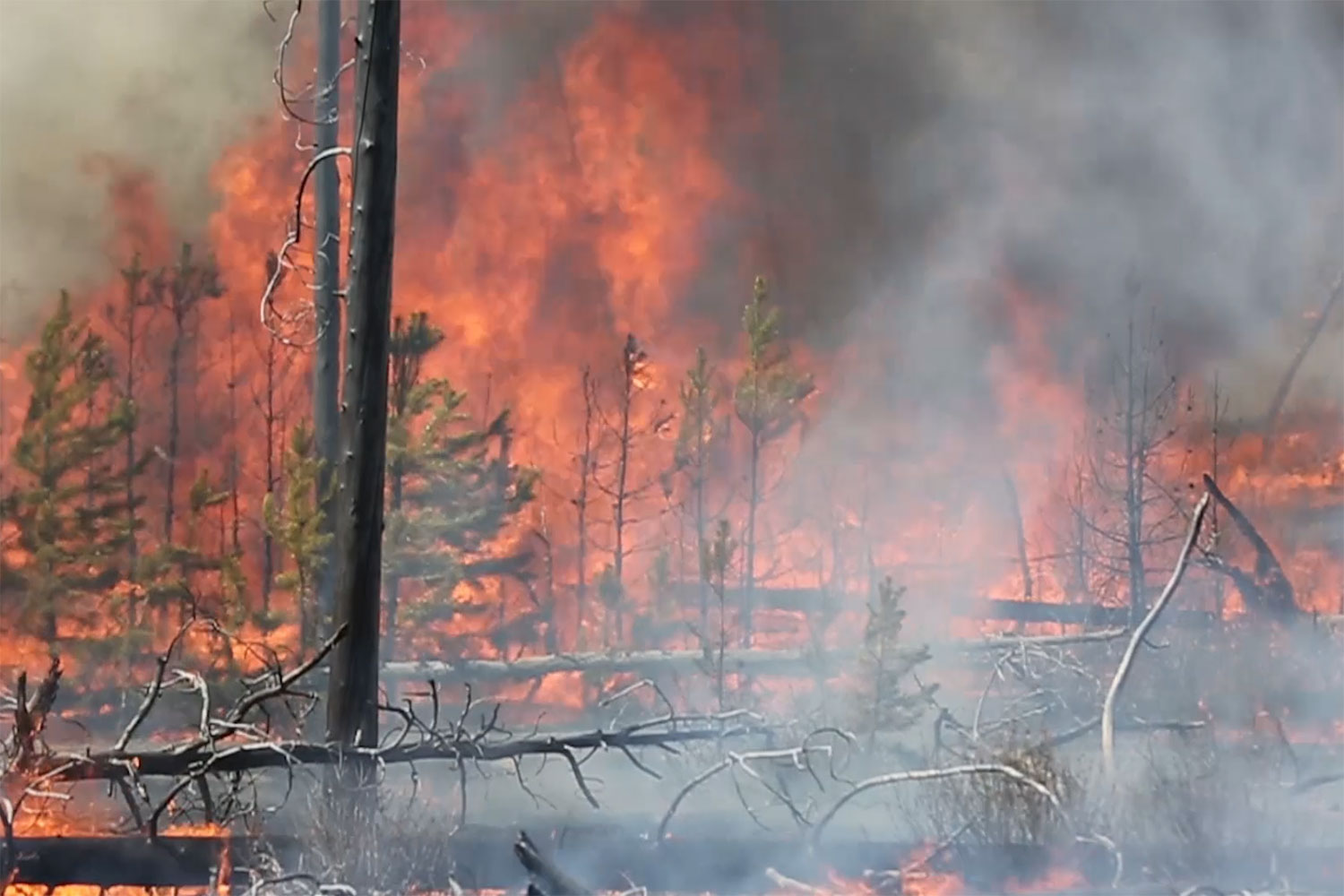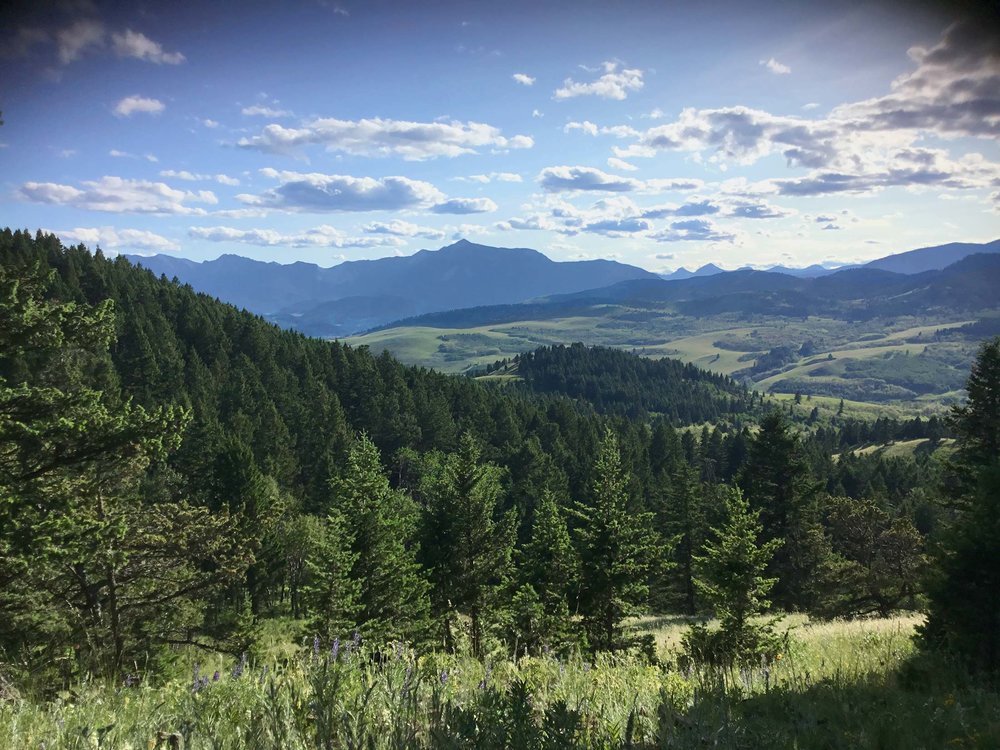
Abstract
We compared three monthly adaptations of the daily Drought Code (DC) of Canada’s Fire Weather Index System and applied them to interpret drought conditions associated with historical fires in montane forests of south-eastern British Columbia. The three adaptations were compared with the monthly mean DC calculated from daily values for the Palliser fire-weather station. Two adaptations improved on the existing Monthly DC calculated from monthly climate data by (1) accounting for overwinter drying and an early start to the fire season, and (2) improving estimates of effective precipitation. Using a cross-dated fire-scar record from 20 sites in montane forests surrounding the Palliser station, we found significant fire–drought associations from June to August with all adaptations, and significant associations in April and May with the two new adaptations. Of the 17 fire years from 1901 to 2013, 6 years had low initial drought conditions that increased late in the fire season, and 5 years had high drought conditions throughout the fire season. We conclude that variable drought within and among fire seasons influenced fire severity. Our findings provide a connection between modern drought indices used to rank fire danger and drought effects on the historical mixed-severity fire regime in montane forests of south-eastern British Columbia.
Citation
Chavardes, R.D, L. D. Daniels, B. N. I. Eskelson, and P. D. Pickell. 2019. Monthly adaptations of the Drought Code reveal nuanced fire–drought associations in montane forests with a mixed-severity fire regime. International Journal of Wildland Fire. https://doi.org/10.1071/WF18119







